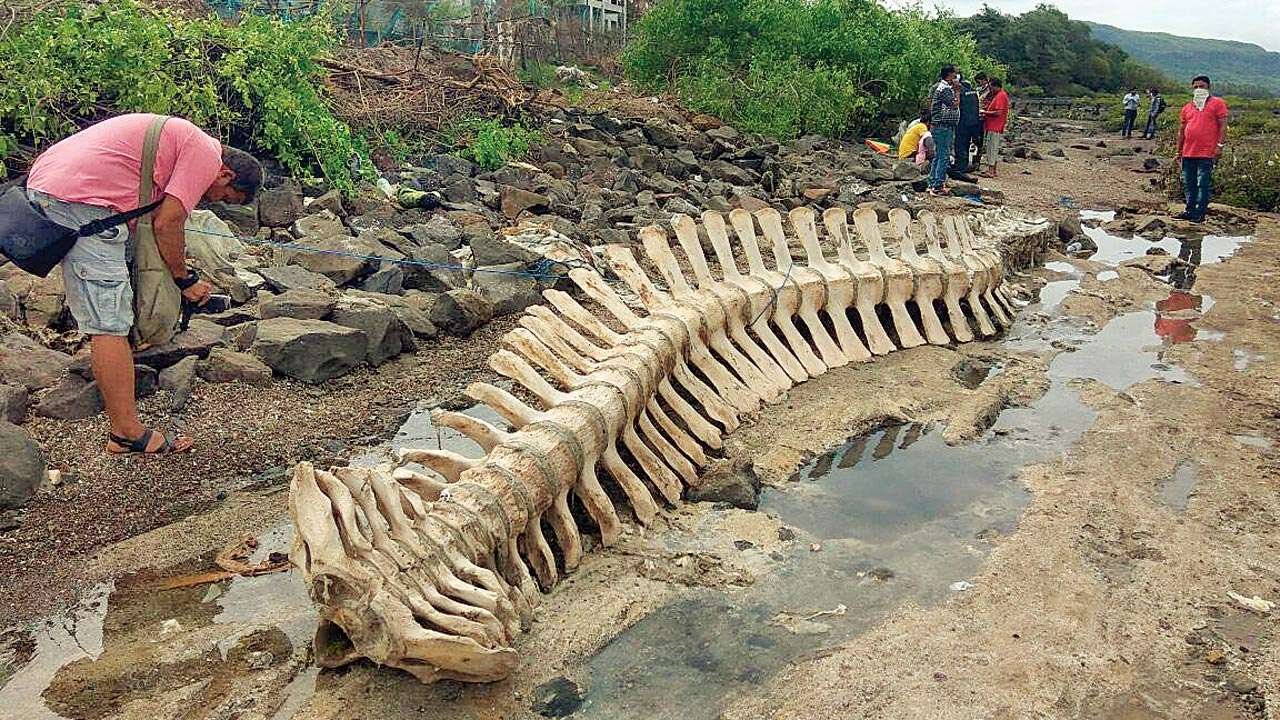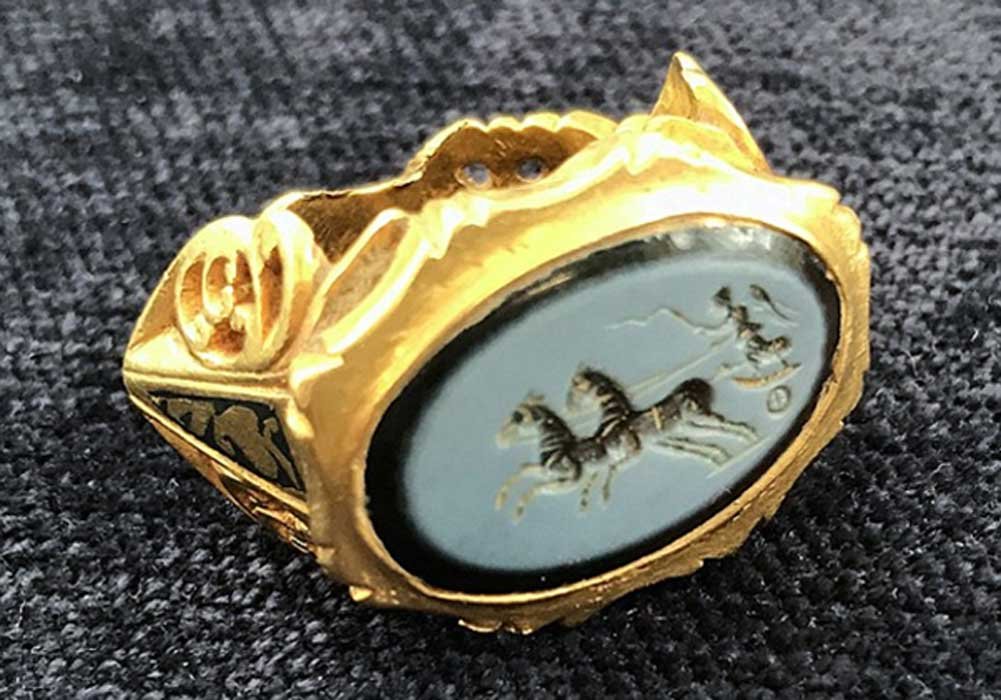The Capuchin Catacombs of Palmero is located in Sicily. The catacombs were cared out of limestone caves in the late 16th century. It is believed that the catacombs were carved out after the local order of Capuchin friars ran out of burial space. According to the legend, 45 dead monks didn't have a burial placed after the cemetery had no room, so they built the new tomb.
The friars were shocked when they found that their 45 brothers that were placed in the catacombs didn't decompose. It likely happened naturally due to the conditions of the environment, but the monks believed that it was a Godly miracle. The dead monks were put on display so that their miraculous remains could be viewed.
Soon after the mummified monks became known, the Capuchin catacombs became a desirable place to be buried. Between the 17th and the 19th centuries, many affluent Palermites paid to be laid to rest in the catacombs. Inside, the mummies were displayed based on their social status, their sex, and their profession. They had special corridors and chapels set up for women, men, children, virgins, families, the clergy, and professional specialists.
In 1880, the catacombs were full to capacity, and they closed the door to new arrivals. After they stopped allowing new arrivals in, there were only two exceptions made. The first was in 1911, and the body of Giovanni Paterniti, the Vice-Consul of the United States, was admitted inside. The second was in 1920, and it was the body of a little girl named Rosalia Lombardo.
There isn't much documentation about Rosalia's background. According to the local lore, she was the daughter of a wealthy nobleman named Mario Lombardo. He served as a military general, which may be way exceptions were made to have her admitted into the catacombs. Legend says that she was a delicate child who was prone to illness and infection. After his daughter's death, Mario was heartbroken. He commissioned a master taxidermist named Alfredo Salafia to preserve her body. According to all accounts, Rosalina was Alfredo's most memorable and finest work. During his career as a taxidermist, it is said that he embalmed over 100 bodies until his death in 1933. After she was preserved, she was dubbed, Sleeping Beauty.
Alfredo took notes when he would embalm a body, and according to the handwritten note about Rosalina, he used a unique chemical formula that he designed himself. He used on part glycerin, one part formalin saturated with zinc sulfate and zinc chloride, and one part of an alcohol solution saturated with salicylic acid. During animal taxidermy, the organs are removed. When Alfredo preserved Rosalina's body, he didn't extract her organs. Instead, he drained her blood and injected the formula that he created. He likely did this through the femoral artery. The glycerine staved off desiccation and got rid of the bacteria that causes bodies to decay. The salicylic killed off any fungi, and the zinc salts preserved her body in a rigid state.
Rosalina's body was so immaculately preserved that she looks like she is made of wax. The History Channel wanted to determine if it was actually a human body, so they x-rayed her coffin in the 2000s. The x-ray showed that her skeleton and her brain were diminished by half the size. In 2009, National Geographic went a step further by performing an MRI scan of Rosalina. They were able to create a 3D map of her body, which showed the position of every organ. Every part of the little girl was so well preserved that it is hard to believe that she died almost a century ago.
Many people who have seen Rosalina's remains believe that her restless spirit haunts her body. There have been reports of her cool blue eyes opening, and staring at those who observe it. It is believed that she opens her eyes several times a day, and it has been documented. At least one photographer has captured her eyes opening.
Paranormal enthusiasts believe that her soul still possesses her body. Skeptics believe that the humidity and the ambient temperatures in the catacombs are responsible for her eyes opening. Piombino-Mascali, the curator of the catacombs, believes that it is merely an optical illusion produced by the light that comes in from the side windows. He also says that when her body was placed in the coffin that her eyes weren't completely closed.
This girl has been dead for a century. So when you see what she does, you'll be terrified. The sight of her eyes opening is as frightening as it is terrifying. Maybe she is haunting her own body, but perhaps there is a scientific reason. We may never know.




















